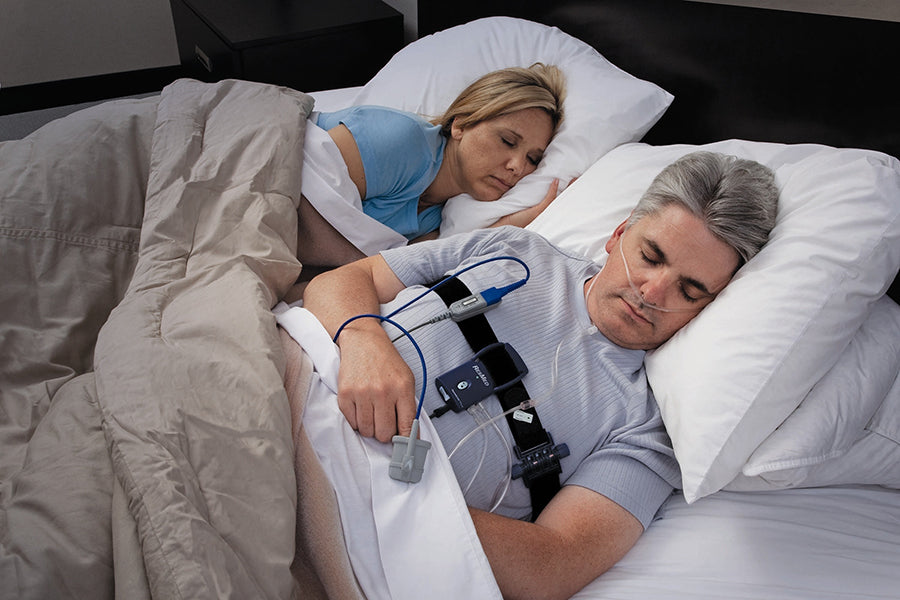Navigating Sleep Apnea: An Overview of Sleep Apnea Testing
Introduction:
Sleep apnea is a prevalent sleep disorder characterized by interruptions in breathing during sleep, leading to fragmented sleep patterns and potential health complications. Diagnosing sleep apnea involves various testing methods aimed at assessing the severity and nature of the condition. This article explores the key aspects of sleep apnea testing, shedding light on the different diagnostic approaches and their significance in identifying and managing this common sleep disorder.
Understanding Sleep Apnea:
Before delving into sleep apnea testing, it's essential to grasp the basics of the disorder. Sleep apnea is broadly categorized into two types:
-
Obstructive Sleep Apnea (OSA): Caused by a physical obstruction in the airway, often due to relaxed throat muscles.
-
Central Sleep Apnea (CSA): Resulting from a failure of the brain to send appropriate signals to the muscles to initiate breathing.
Sleep Apnea Testing Methods:
-
Polysomnography (PSG):
- Overview: PSG, also known as a sleep study, is the gold standard for diagnosing sleep apnea.
- Procedure: Conducted in a sleep center, PSG involves monitoring various physiological parameters during sleep, such as brain activity, eye movement, heart rate, respiratory effort, and oxygen saturation.
- Significance: PSG provides a comprehensive evaluation of sleep architecture, helping to differentiate between OSA and CSA, and determines the severity of the condition.
-
Home Sleep Apnea Testing (HSAT):
- Overview: HSAT is a more convenient and cost-effective alternative to PSG, suitable for diagnosing uncomplicated cases of OSA.
- Procedure: Patients are provided with portable monitoring devices to use at home, measuring parameters like airflow, respiratory effort, and oxygen saturation.
- Significance: HSAT is valuable for identifying OSA and assessing the need for further intervention. It may not be as comprehensive as PSG but is often sufficient for uncomplicated cases.
-
Actigraphy:
- Overview: Actigraphy involves wearing a device that records movement to assess sleep patterns and quality.
- Procedure: Typically used as a screening tool, actigraphy provides insights into sleep-wake patterns but does not diagnose sleep apnea.
- Significance: Actigraphy can be a useful tool in assessing overall sleep health and may guide further diagnostic testing.
-
Nocturnal Pulse Oximetry:
- Overview: This test measures oxygen levels in the blood during sleep.
- Procedure: A small device is attached to the finger or ear to monitor oxygen saturation.
- Significance: Nocturnal pulse oximetry can help identify oxygen desaturation events, providing additional information about the severity of sleep apnea.
Conclusion:
Sleep apnea testing is a crucial step in accurately diagnosing and managing sleep apnea. My Respiratory Company does sleep testing. Whether through the comprehensive evaluation provided by PSG, the convenience of HSAT, or supplementary tools like actigraphy and pulse oximetry, these tests play a vital role in tailoring effective treatment plans for individuals with sleep apnea. Seeking timely testing and diagnosis is key to improving sleep quality, overall health, and reducing the risk of associated complications.
